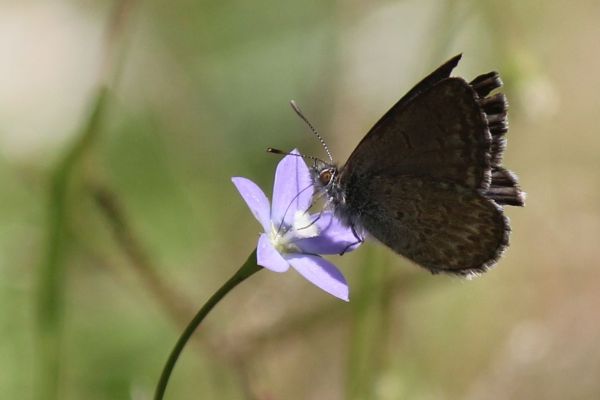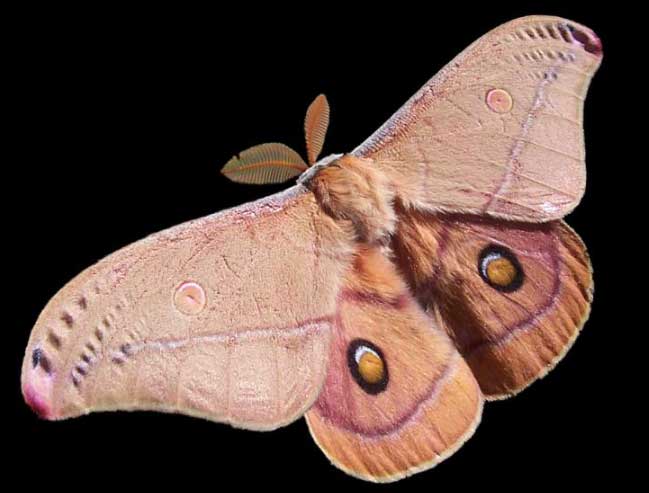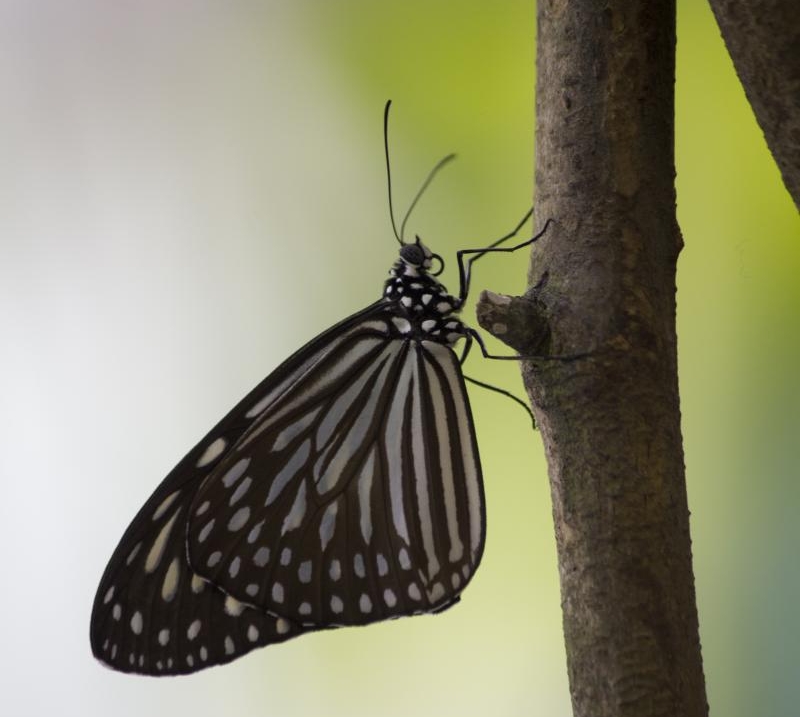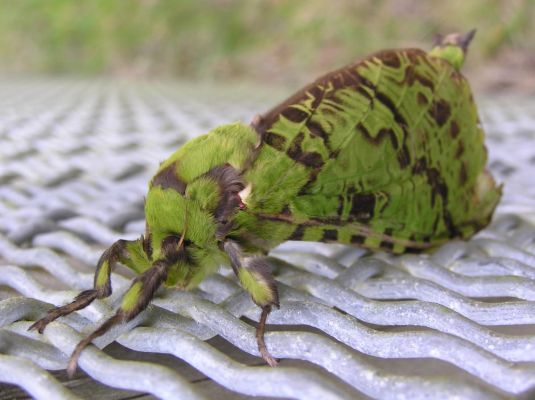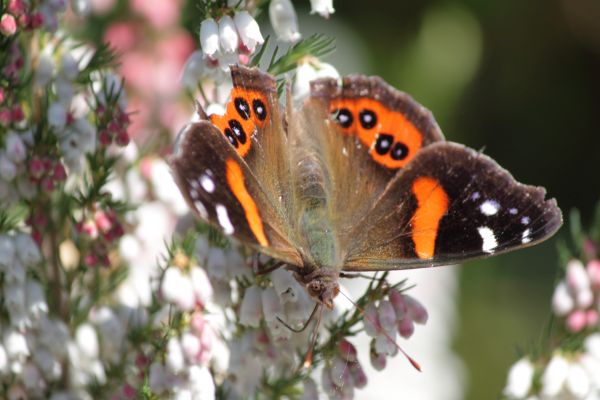Moths and butterflies
I am learning how to look very carefully.
I will know I can do this when:
- I notice if feelers (antennae) are long, feathery, or have knobs at the end.
- I notice if wings are lying flat or sitting up.
- I use what I notice to decide if I am looking at a butterfly or a moth.
- I only use evidence I can see.
Butterflies and moths are very alike.
But if you look carefully, you can tell them apart.
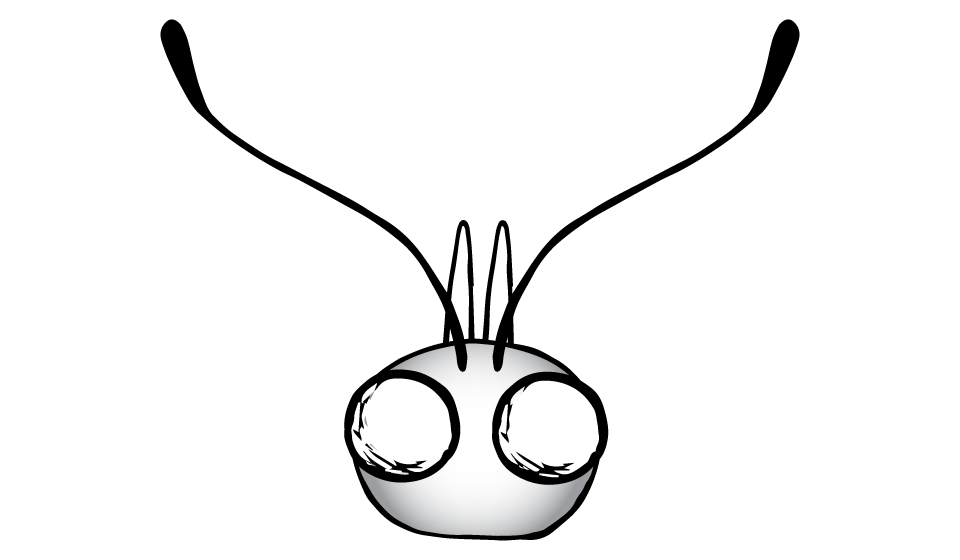
Butterflies have long, thin feelers (antennae) with knobs at the end.
A butterfly's head
|
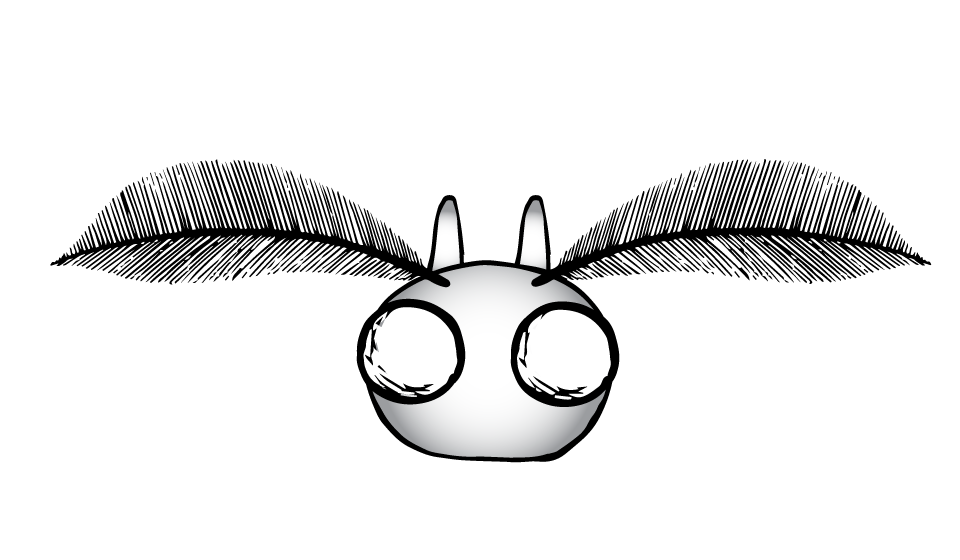
Moths' feelers can be feathery.
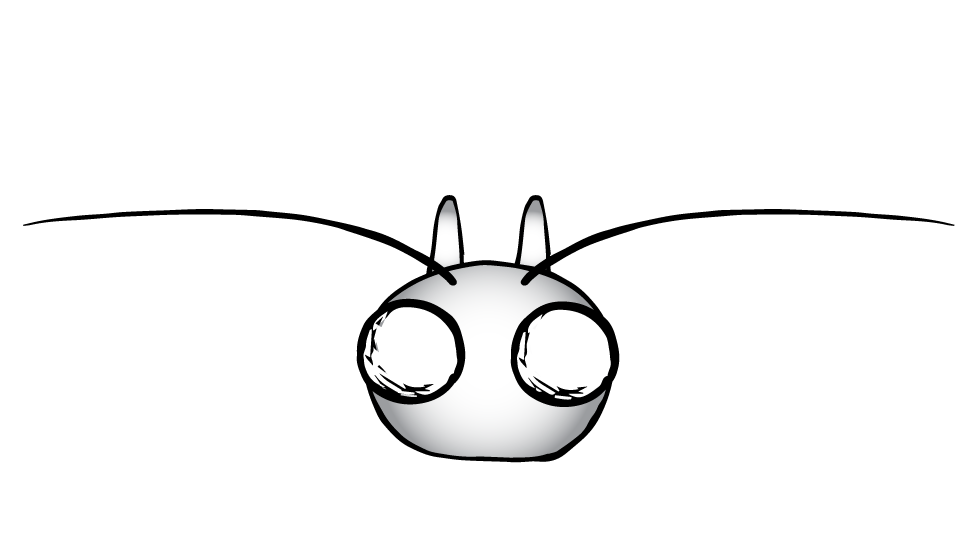
Or they can be thin like a butterfly's, but without knobs at the end.
A moth's head
|
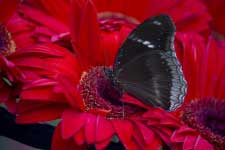
Butterflies rest with their wings together.
|

Moths rest with their wings flat.
|


